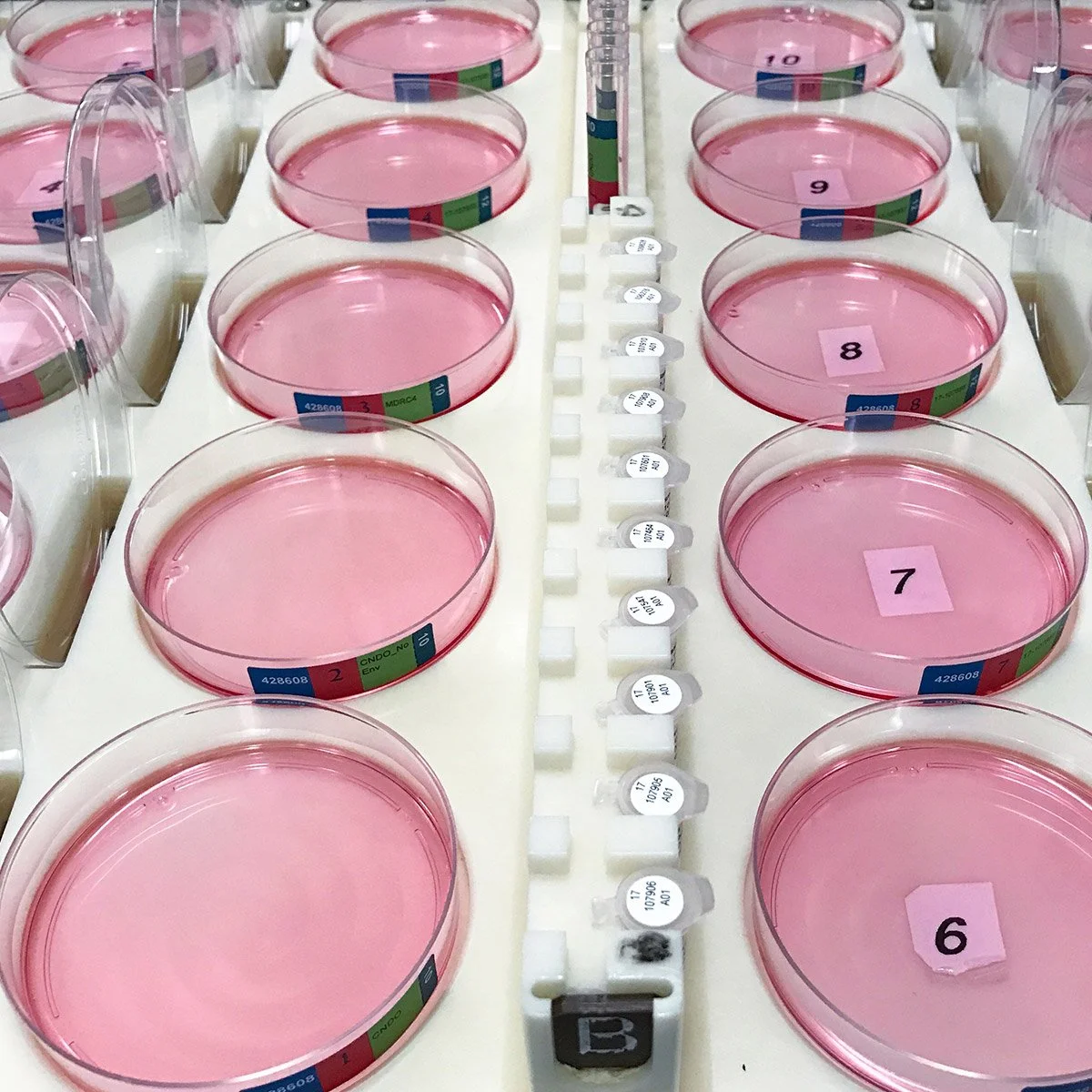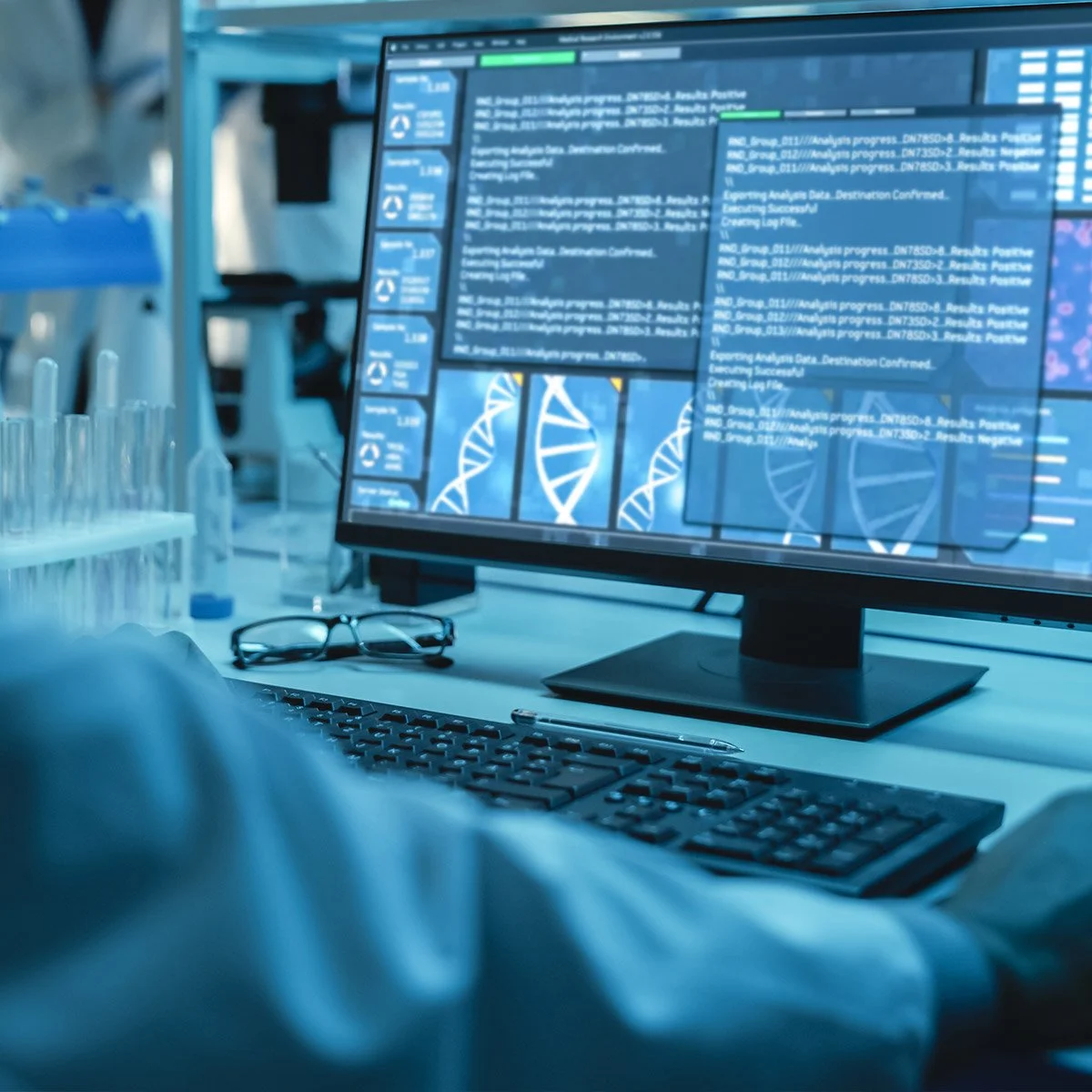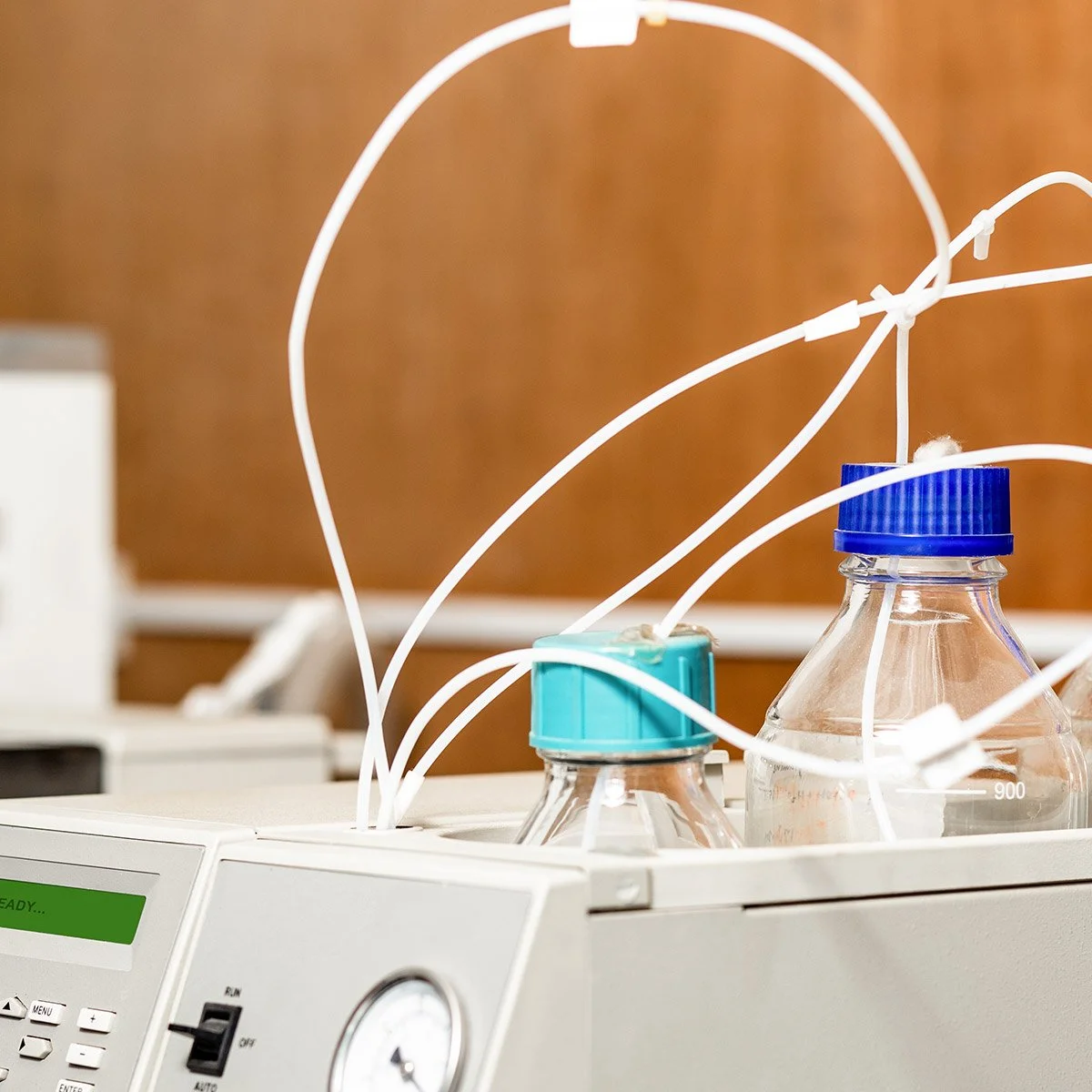Ironically, after many years of concern about how to reduce single-use lab plastic usage and divert this waste from landfills - we now face shortages. This post explores current events and ways that life science labs are dealing with pipette tips, plates, and tube shortages, as well as a few high-tech options to conserve these resources and improve the reliability of assay results.
Current events in supply chains
Testing capacity to stop the spread of SARS-CoV-2 through asymptomatic and presymptomatic cases depends on lab disposables. The global scale-up of lab consumables related to clinical testing and vaccine production has been challenging. Single-use lab plastic micropipette tips, multi-well plates, and other “medical grade” plastics are in short supply.
In the United States, Texas faced a once-in-a-lifetime winter storm that severely disrupted plastic resin production and distribution logistics. In a survey by The Medical Laboratory Observer, half of the clinical laboratories reported that supply shortages were the biggest challenge in the pandemic. The U.K. NHS has recommended an “order little and often” strategy. Nature recently reported that scientific labs all over the world in turn are running into supply shortages and relying on reuse strategies. It is a serious situation.
The situation could be worse. We can thank lab disposables manufacturers who stepped up to the plate in 2020. Scott Weitze, Labcon Research Scientist, noted that “Labcon persevered through COVID-related challenges to employ a full workforce running 24/7 to supply labware for research labs and testing facilities around the world, including the Broad Institute in Cambridge, MA. Especially critical to COVID testing was Labcon's rapid development of new sample shipping tubes that passed the stringent and required 95kPa certification standard for the transport of biological material. “
The good news is that more help is on the way. On February 17, the president announced that HHS and the DOD will invest $815 million to increase U.S. manufacturing of testing supplies and raw materials that have seen shortages, including filter pipette tips, nitrocellulose used in antigen point-of-care tests, and specific injected molded plastics needed to house testing reagents. Corning received $15 million from the U.S. government to expand domestic capacity for robotic pipette tips, which are used for COVID diagnostic testing.
In the meantime, It’s laudable how some biologists have honorably donated filtered pipette tips to clinical labs in need. Seeing molecular diagnostics, next-generation sequencing, and vaccine biotechnology used to save lives is gratifying for the entire field. It makes temporary shortages bittersweet.
Decontamination stations and a simple device to save time racking tips
Any conservation solution must uphold experimental conditions and be practical. If an action isn’t possible, why talk about it? I decided to ask around to figure out how research labs are coping.
One answer comes in the form of setting up decontamination stations. Lucy Westover, Green Labs Project Officer at the University of Bristol explained that “Some labs have been able to successfully implement four-step decontamination protocols using Distel or Virkon, water rinse, drying oven, and autoclave sterilization”. This multi-step process makes sense since autoclaving alone doesn’t remove nucleic acids, for example. Using this process will depend on your sample and application types - but it’s really nice to hear that it can work!
There is another interesting case study in this pre-pandemic report How to Reuse Pipette Tips and Tubes in PCR and Electrophoresis Procedures? A New In-house Method Development that investigated pipette tip contamination and observed that bleach could be used on the same pipette tip to eliminate contamination between loading PCR samples. This observation stands in contrast to previous studies that showed that Extran® detergent did effectively not remove DNA from lab plastics for PCR work. It sounds like this would take a keen eye to observe any leftover bleach adhesion to the tip! The authors remind us that life science methods that require single-use plastics are costly and therefore less accessible.
Martin Farley, a Research Manager & Innovation Directorate who launched the LEAF framework for lab sustainability tool from King’s College London, shared, “We’ve seen labs employ a variety of means to deal with the supply shortages, including reduction, reuse, and even generating their own supplies. While these can’t always address issues caused by shortages they certainly help (and save money). Labs are being encouraged to think outside the box and consider adopting new efficient practices long-term.”
There are caveats for reusing lab plastics designed for single use. The geometry and resin type are limiting factors for heat sterilization. Repeated autoclaving can often result in warping. You will notice that conical tubes can do this over time. Barrier tips are a tough fit, (in a pinch, racked boxes of barrier pipette tips can still be found on lab exchange websites). Many eco-friendly labs buy tips in bulk and autoclave racked tips in reusable boxes. The downside is the time it takes to hand load the tips. If you have access to a 3D printer you can make the handy device demonstrated in this video by Easy Lab Solution using an open access Thingyverse file. We spoke with the maker of this device, and they encourage anyone handy with CAD to share files of customized versions.
There are also opportunities to switch to glass! Check out this King’s College lab’s efforts!
Instruments for pipette tip or microplate reuse
There are a few instruments that conserve or eliminate micropipette tips or single-use multiwell plates. Although not necessarily - these solutions tend to be used with high throughput assays. There are also less costly versions of these technologies that have made their way into smaller labs.
Pipette tip reuse may sound scary but there are rewards in assay robustness, environmental outcomes, and cost savings. For The Secret Technology that allows labs to reuse pipette tips, I interviewed the CEO of Grenova on the TipNovus instrument which has small scale and large scale platforms.
Cold plasma sterilization is another method used with liquid handlers. The TipCharger made by the company Ion Field System also allows the reuse of plastic pipette tips without affecting assay reproducibility. On the contrary, assays often show better consistency compared with results from new consumables. Impressively, the same company makes the “Plasma Knife” a Microplate Cleaning System (MCS™).
The time to validate these systems can be offputting. Still, labs with these instruments in use before the pandemic must be relieved today.
Why not eliminate pipette tips entirely?
There has been a hopeful development related to the cost of non-contact liquid handling. Acoustic droplet ejection technologies use ultrasound to move nanoliter volumes of liquids. What is scientifically compelling about acoustic droplet technology is the improved accuracy of this method. Dispensing Processes Impact Apparent Biological Activity as Determined by Computational and Statistical Analyses showed that traditional dispensing processes are another important source of error in high-throughput screening that can dramatically impact analyses. The key is that non-contact transfer prevents cross-contamination. This recent review explains how acoustic handlers can eliminate pipette tip waste, reduce reaction volumes, and dramatically improve research outcomes. Since acoustic droplet ejection-based liquid handler systems have been out of reach for most scientists, I was so pleased to see a new pressure-based non-contact handler technology. The I.DOT a non-contact liquid dispenser has reached fifty labs worldwide. Given the focus on accuracy for COVID-19 molecular diagnostics tests, could a revolution in life science be afoot?







